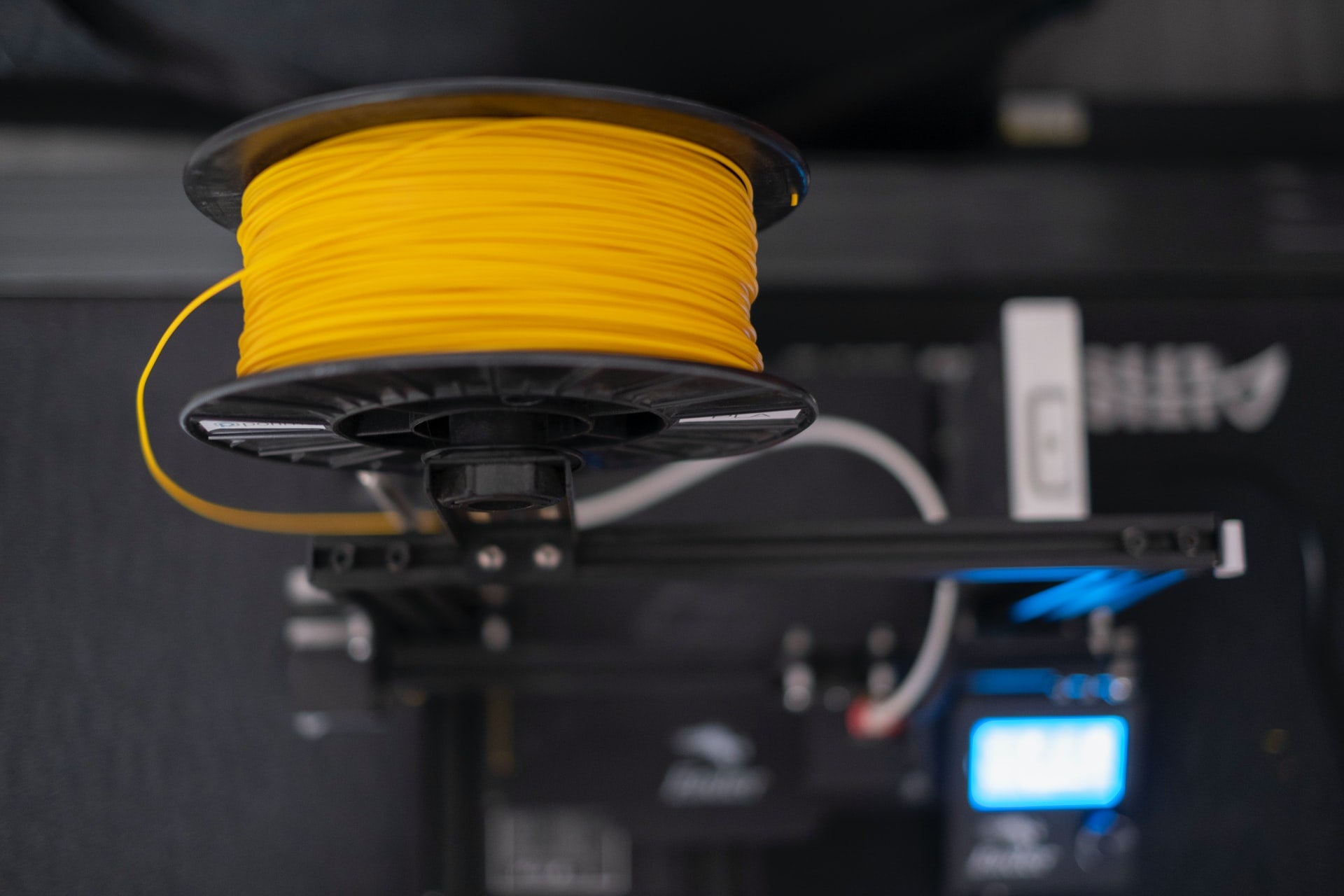While shopping on our website, you’ll probably notice that there are two variations of your favourite 3D printer filaments: 1.75mm and 3.00mm. Aside from the obvious difference in filament diameter, what are the differences and how does each one affect your 3D printing? Read more to find out:
Why should you choose 1.75 mm filament diameter?
If you’re a loyal shopper of X3D, you may have noticed that we mostly stock 1.75mm 3D printer filaments. And there’s a simple reason for that: most 3D printers use 1.75mm. If you don’t have your own 3D printer and you’re only renting, it is best to buy 1.75mm filaments.
As most 3D printers use 1.75mm filaments, it comes as no surprise that these filaments are also more accessible. The availability of these filaments are also high. In fact, some manufacturers only produce filaments this size. So you get a wider choice of materials and manufacturers with 1.75mm.
Printing-wise, here are its characteristics:
- More compatible with a Bowden tube
- Faster print speed
- Reduced oozing
- Possibly higher flow speed rate
- Works better with smaller nozzles
These differences have to do with the smaller filament diameter. As this is thinner, it’s easier to extrude, resulting in faster print speed and flow rate. However, this all depends on the material used. As there are variations in print temperature for every material, the above characteristics may not apply to others.
Why should you choose 3.00 mm filament diameter?
Don’t completely write off 3.00 mm just yet. Some 3D printers still use 3.00mm such as Ultimaker printers and other professional and industrial 3D printers.
Due to its size, 3.00mm works better with larger nozzles. It is also more rigid due to the thickness, which comes in handy when working with flexible filaments. This also means that it's less likely to bend, reducing the risk for jams.
1.75mm vs 3.00mm filament: Which Should You Choose?
Choosing the best filament diameter depends on the 3D printer you’re using and your needs. However, don’t be limited by your 3D printer. If you’re quite good at customising your printer, you can create or buy a filament adaptor so that you can use a different filament diameter for your projects.

